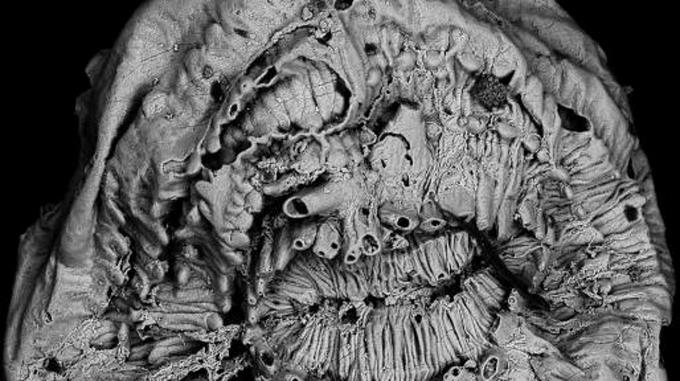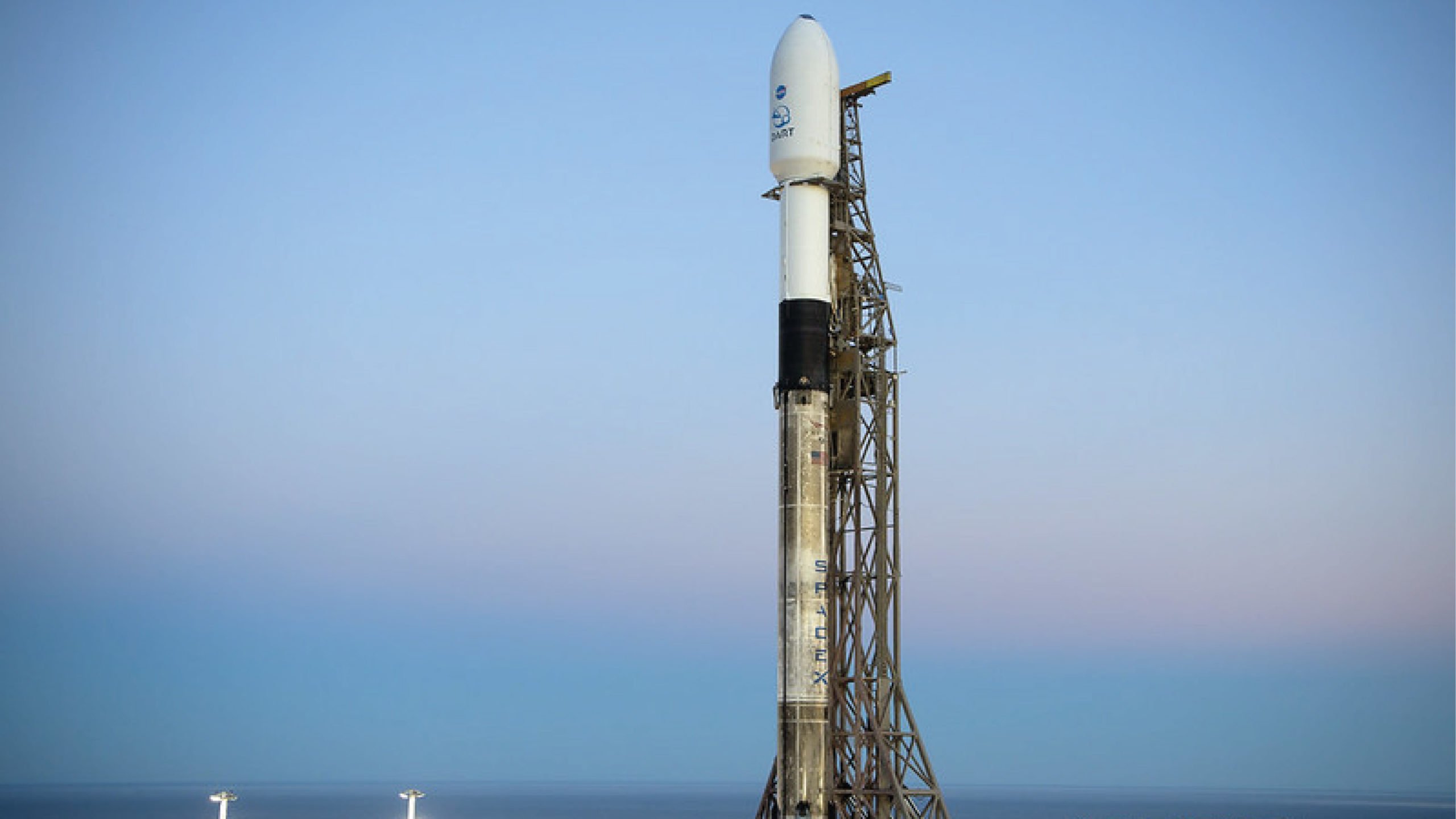Saccharomyces, A microscopic organism, it was considered the first known step on the evolutionary path leading to humans. However, analysis of new fossils contradicts this theory, as experts now estimate that it is part of a different family tree.
The discovery of the first fossils of Saccharoidus, TThe analysis led to the discovery that it is about 535 million years old in China and is believed to be the first human ancestor It was published in Nature in 2017, the same journal that now covers the new study.
In light of new analyses, an international team believes The oldest representative of deuterostomes, animals with anus, was not Chacorites.We are part of an evolutionary lineage, but only with one primary mouth.
This new knowledge introduces important changes to the ancient phylogenetic tree and to our understanding of how life evolved.
It means removing this little creature from the place it intended to occupy “There is a huge gap in the fossil record of deuterostomes, that is, on our side of the animal tree. So we dig in and look for the first true deuterostome fossils,” said Shuhai Xiao of Virginia State University.
Similar to Saccorhytus “To the Angry Minion”, Described by the University of Bristol (UK). A “spinal and constricted pouch, a large mouth surrounded by spines and pores.”
It is precisely these holes that the first analysis published in 2017 interpreted as the holes for gills, the oldest characteristic of the deuterostome group, but the new study refutes this.
The team recently discovered hundreds of fossilized Saccharomyces specimens, some “They are so well preserved that they almost seem alive,” Yunhuan Liu, from Chang’an University (China), provided new insights into their anatomy and evolutionary relationship.
A variety of analyzes and simulations on a supercomputer to create 3D digital models revealed the internal and external structures of this microscopic organism.
“Digital models show that pores previously interpreted as gills are actually spiraclesbroken hands, demolishes the only evidence supporting the deuterostome interpretation,” said Jack Huaqiao of the Chinese Academy of Sciences.
Saccharoides could be related to several lineages on the larger evolutionary tree, and the researchers performed a detailed phylogenetic analysis based on morphology, along with other tests to test various possibilities.
All the tests support the hypothesis that Saccharoidus belongs to the Ectyzozoa group, which includes arthropods – insects, crustaceans and earthworms, explained Philip Donoghue of the University of Bristol.
This marine creature may be one of the oldest known ectyzozoans, although its exact position is unclear, and in addition, its sac-shaped body defies the traditional worm shape of this group, but “It may reflect the ancestral state from which all its members evolved.”
Much remains to be discovered about this tiny animal, and among the questions awaiting answers, says Michael Steiner of the Free University of Berlin, is whether it floated in the sea or lived between grains of sand. Spines help deter predators or stabilize the organism on the seabed.




:quality(85)/cloudfront-us-east-1.images.arcpublishing.com/infobae/EMLOAO7JA5HS5AP5W6JBPPSZKE.jpg)
